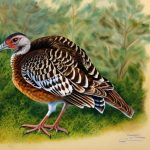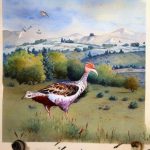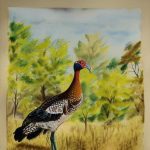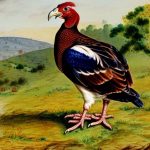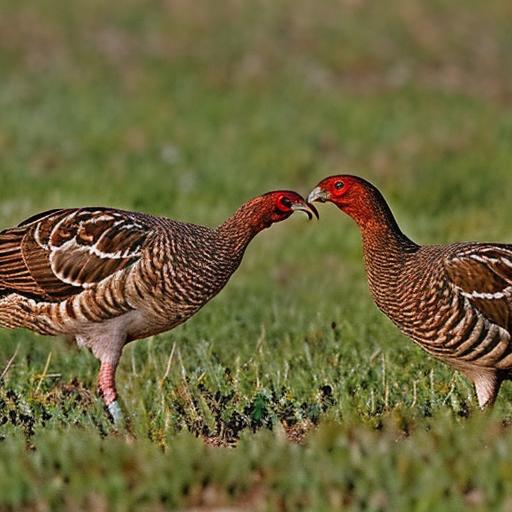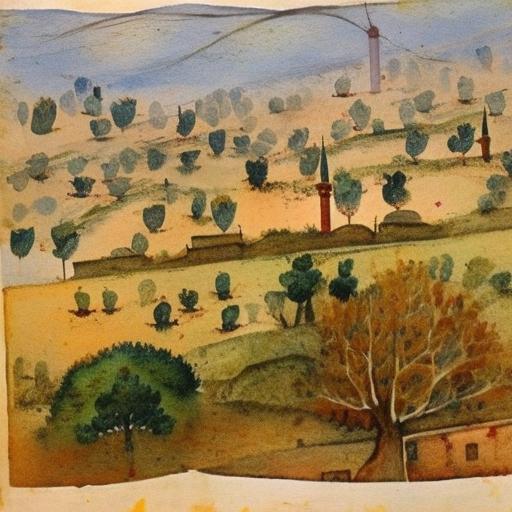The wild turkey breeding season, also known as the mating season, is a crucial time for the survival and continuation of the species. This period typically occurs in the spring, when the weather begins to warm up and the days become longer. During this time, male turkeys, known as toms, engage in elaborate courtship displays to attract females, known as hens. The breeding season is a time of heightened activity and competition among male turkeys as they vie for the attention of potential mates. This period is essential for the reproduction and population growth of wild turkeys, making it a critical focus for conservation efforts and wildlife management.
The breeding season is a fascinating and important time in the life cycle of wild turkeys. Understanding the factors that influence this period, as well as the behaviors and characteristics of turkeys during this time, can provide valuable insights into the ecology and conservation of this iconic species. In this article, we will explore the various aspects of the wild turkey breeding season, including the factors that affect it, the timing of breeding, turkey behaviors and characteristics during this period, the importance of the breeding season, conservation efforts, and tips for observing wild turkeys during this critical time.
Table of Contents
- 1 Factors Affecting Wild Turkey Breeding Season
- 2 Timing of Wild Turkey Breeding Season
- 3 Behaviors and Characteristics of Wild Turkeys During Breeding Season
- 4 Importance of Wild Turkey Breeding Season
- 5 Conservation Efforts During Wild Turkey Breeding Season
- 6 Tips for Observing Wild Turkey Breeding Season
- 7 FAQs
- 7.1 What is the wild turkey breeding season?
- 7.2 When does the wild turkey breeding season occur?
- 7.3 What are the behaviors of wild turkeys during the breeding season?
- 7.4 Why is the wild turkey breeding season important?
- 7.5 Are there any specific factors that influence the wild turkey breeding season?
Key Takeaways
- Wild turkey breeding season typically occurs in the spring, with males displaying and competing for mates.
- Factors such as weather, food availability, and habitat quality can affect the success of wild turkey breeding season.
- The timing of wild turkey breeding season varies by region, with southern populations breeding earlier than northern populations.
- During breeding season, male turkeys display aggressive behaviors and females exhibit nesting behaviors.
- Wild turkey breeding season is important for maintaining healthy populations and ecological balance in their habitats.
Factors Affecting Wild Turkey Breeding Season
Several factors can influence the wild turkey breeding season, including environmental conditions, habitat quality, and population dynamics. One of the primary factors that can affect the breeding season is food availability. Wild turkeys are omnivorous birds and require a diverse diet to meet their nutritional needs. A lack of food resources can impact the health and condition of turkeys, which in turn can affect their ability to successfully breed. Additionally, habitat quality plays a significant role in the breeding success of wild turkeys. Suitable nesting sites, roosting areas, and brood-rearing habitat are essential for the survival of turkey populations. Habitat loss and degradation can negatively impact turkey populations and their ability to successfully breed.
Population dynamics also play a crucial role in the wild turkey breeding season. The abundance of males and females within a population can influence competition for mates and breeding success. In some cases, high male-to-female ratios can lead to increased competition among males, while low female numbers can limit breeding opportunities. Additionally, predation and disease can impact turkey populations and their ability to successfully breed. Predators such as coyotes, foxes, and raptors can pose a threat to turkey nests and young chicks, while diseases such as avian pox and avian influenza can impact turkey health and reproductive success. Understanding these factors is essential for wildlife managers and conservationists to effectively manage and conserve wild turkey populations.
Timing of Wild Turkey Breeding Season
The timing of the wild turkey breeding season is influenced by a combination of environmental cues and physiological changes in turkeys. In most regions, the breeding season typically occurs in the spring, although the exact timing can vary based on local climate and habitat conditions. As the days begin to lengthen and temperatures warm up, male turkeys undergo physiological changes that trigger their breeding behaviors. These changes include an increase in testosterone levels, which stimulates the development of secondary sexual characteristics such as fanned tail feathers and brightly colored wattles and snoods. These physical changes are essential for attracting females and competing with other males for mates.
The timing of the breeding season can also be influenced by factors such as food availability and weather conditions. In areas where food resources are abundant, turkeys may begin breeding earlier in the spring, while in regions with limited food availability, breeding may be delayed. Additionally, extreme weather events such as late-season snowstorms or prolonged periods of cold and wet weather can impact the timing of breeding activities. These environmental factors can influence the success of nesting and brood rearing, as well as the overall reproductive success of wild turkey populations. Understanding the timing of the breeding season is important for wildlife managers and researchers to monitor population trends and implement conservation strategies.
Behaviors and Characteristics of Wild Turkeys During Breeding Season
During the breeding season, male wild turkeys exhibit a range of behaviors and characteristics designed to attract females and establish dominance over rival males. One of the most iconic displays of male turkeys during this time is their elaborate courtship rituals. Male turkeys will puff out their feathers, fan their tails, strut in a circular pattern, and emit low-frequency vocalizations known as gobbles to attract females. These displays are intended to showcase the male’s physical condition and genetic fitness to potential mates. Additionally, males will engage in aggressive behaviors such as sparring with other males to establish dominance within the mating hierarchy.
Female turkeys also exhibit specific behaviors during the breeding season. Hens will actively seek out males that display strong courtship behaviors and physical characteristics indicative of good genetic quality. Once a female selects a mate, she will engage in receptive behaviors such as crouching on the ground and emitting soft clucking sounds to signal her readiness to mate. After mating, hens will seek out suitable nesting sites to lay their eggs and begin the incubation process. Understanding these behaviors and characteristics is essential for researchers and wildlife managers to monitor breeding activities and assess population dynamics.
Importance of Wild Turkey Breeding Season
The wild turkey breeding season plays a critical role in maintaining healthy populations of this iconic species. Successful reproduction during this time is essential for replenishing turkey populations and ensuring their long-term survival. The breeding season also contributes to genetic diversity within turkey populations, which is important for maintaining adaptability and resilience to environmental changes and threats such as disease outbreaks or habitat loss. Additionally, wild turkeys play an important ecological role as seed dispersers and consumers of insects and small vertebrates, making them essential components of healthy ecosystems.
From a cultural and recreational perspective, wild turkeys are highly valued by hunters and wildlife enthusiasts. The breeding season provides opportunities for hunters to observe turkey behaviors and potentially harvest mature gobblers during the spring hunting season. For wildlife enthusiasts, observing wild turkeys during their courtship displays can be a memorable and educational experience. The economic value of wild turkey hunting also contributes to local economies through license sales, equipment purchases, and tourism related to hunting activities. Overall, the breeding season is vital for maintaining healthy turkey populations and supporting cultural and recreational activities associated with this iconic species.
Conservation Efforts During Wild Turkey Breeding Season
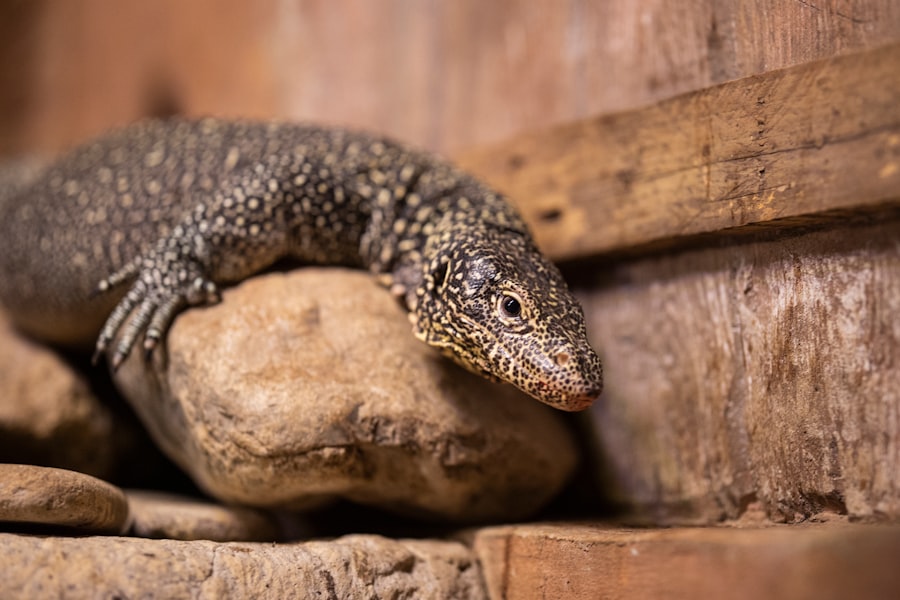
Conservation efforts during the wild turkey breeding season focus on protecting nesting habitat, managing predator populations, monitoring population trends, and implementing sustainable hunting practices. Protecting nesting habitat is crucial for ensuring the survival of turkey nests and young chicks during this vulnerable time. Wildlife managers work to identify and preserve suitable nesting sites by implementing habitat restoration projects, controlling invasive species, and minimizing disturbances in key nesting areas.
Managing predator populations is another important aspect of conservation efforts during the breeding season. Predators such as coyotes, raccoons, and skunks can pose significant threats to turkey nests and young chicks. Wildlife managers may implement predator control measures in areas where predation pressure is high to support turkey nesting success.
Monitoring population trends is essential for assessing the health and status of wild turkey populations during the breeding season. Researchers use techniques such as population surveys, radio telemetry tracking, and genetic analysis to gather data on turkey populations and reproductive success. This information helps inform management decisions related to hunting regulations, habitat management, and predator control.
Sustainable hunting practices are also an important component of conservation efforts during the breeding season. Wildlife agencies set hunting regulations based on scientific data to ensure that turkey populations remain healthy and sustainable over time. By managing hunting pressure and harvest quotas, wildlife managers can support healthy turkey populations while providing recreational opportunities for hunters.
Tips for Observing Wild Turkey Breeding Season
For wildlife enthusiasts interested in observing wild turkeys during the breeding season, there are several tips to enhance the experience while minimizing disturbances to these birds. One important tip is to use binoculars or spotting scopes to observe turkeys from a distance without approaching too closely. This allows observers to witness natural behaviors without causing undue stress or disturbance to the birds.
Another tip is to avoid imitating turkey calls or using decoys during the breeding season, as this can disrupt natural courtship behaviors and potentially lead to conflicts with territorial males. It’s important to respect the natural behaviors of wild turkeys and observe them from a respectful distance.
Choosing appropriate times of day for observation can also enhance the likelihood of seeing wild turkeys during their breeding activities. Early mornings and late afternoons are often prime times for observing turkeys as they engage in courtship displays or move between feeding areas.
Finally, practicing ethical wildlife photography by minimizing disturbances and avoiding direct approaches can help capture memorable images of wild turkeys without causing stress or disruption to these birds.
In conclusion, the wild turkey breeding season is a critical period for the survival and continuation of this iconic species. Understanding the factors that influence breeding activities, timing of breeding behaviors, behaviors and characteristics exhibited by turkeys during this time, conservation efforts aimed at supporting healthy turkey populations, as well as tips for observing wild turkeys during this critical time are all essential for promoting awareness about these birds’ importance in ecosystems while ensuring their long-term survival.
If you’re interested in learning more about poultry breeding, you might also want to check out an article on “How Many Eggs Do Geese Lay” on PoultryWizard.com. Understanding the breeding habits of different poultry species can be valuable for anyone looking to raise their own flock. (source)
FAQs
What is the wild turkey breeding season?
The wild turkey breeding season, also known as the mating season, is the time of year when male turkeys (toms) actively seek out female turkeys (hens) for mating.
When does the wild turkey breeding season occur?
The wild turkey breeding season typically occurs in the spring, with the exact timing varying depending on the region and local climate. In general, it can range from late March to early May.
What are the behaviors of wild turkeys during the breeding season?
During the breeding season, male turkeys display elaborate courtship behaviors, including strutting, gobbling, and displaying their feathers to attract female turkeys. They also engage in competitive interactions with other males to establish dominance and access to females.
Why is the wild turkey breeding season important?
The breeding season is crucial for the continuation of the wild turkey population. It is the time when mating occurs, leading to the production of eggs and the next generation of turkeys.
Are there any specific factors that influence the wild turkey breeding season?
Factors such as temperature, daylight length, and food availability can influence the timing of the wild turkey breeding season. Additionally, habitat quality and population density can also impact breeding behaviors and success.
Meet Walter, the feathered-friend fanatic of Florida! Nestled in the sunshine state, Walter struts through life with his feathered companions, clucking his way to happiness. With a coop that’s fancier than a five-star hotel, he’s the Don Juan of the chicken world. When he’s not teaching his hens to do the cha-cha, you’ll find him in a heated debate with his prized rooster, Sir Clucks-a-Lot. Walter’s poultry passion is no yolk; he’s the sunny-side-up guy you never knew you needed in your flock of friends!


